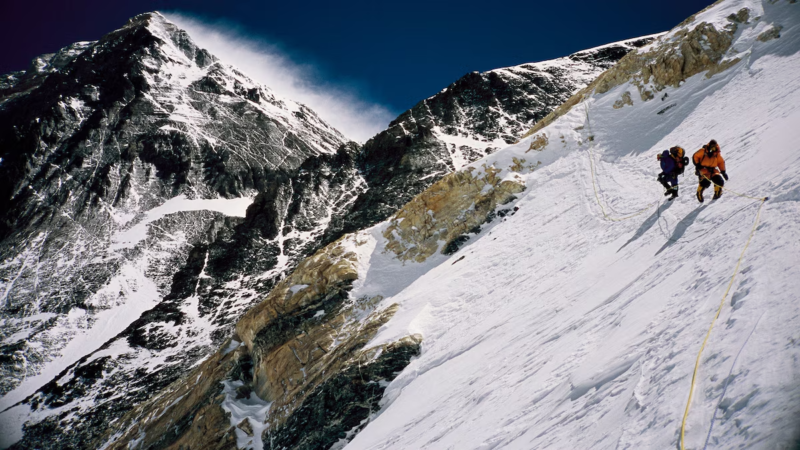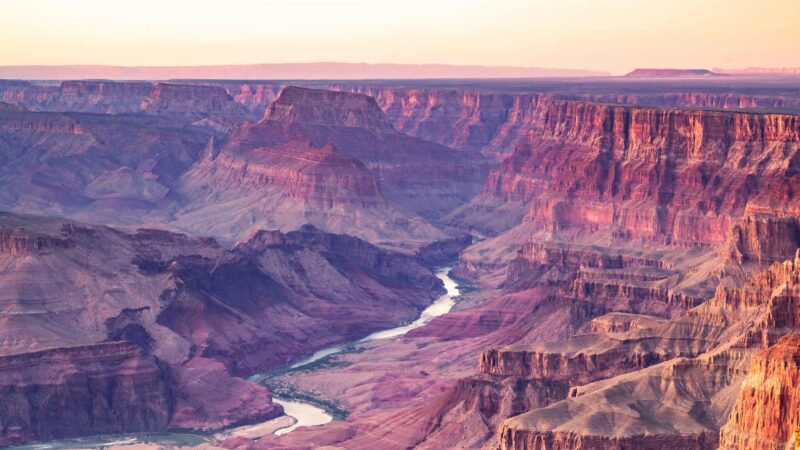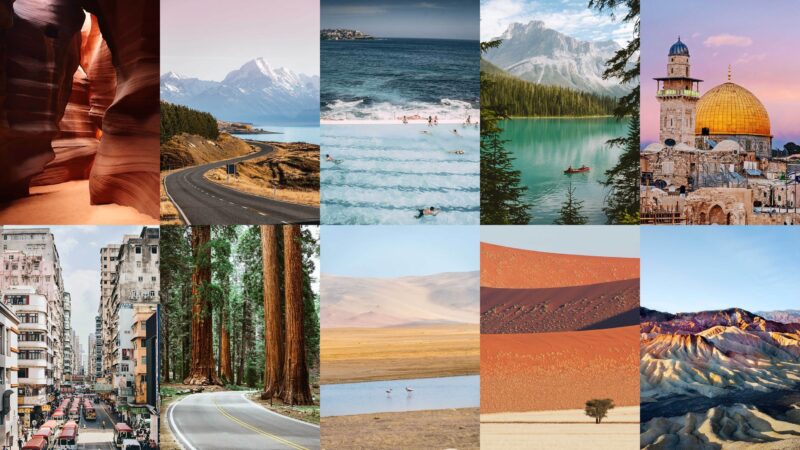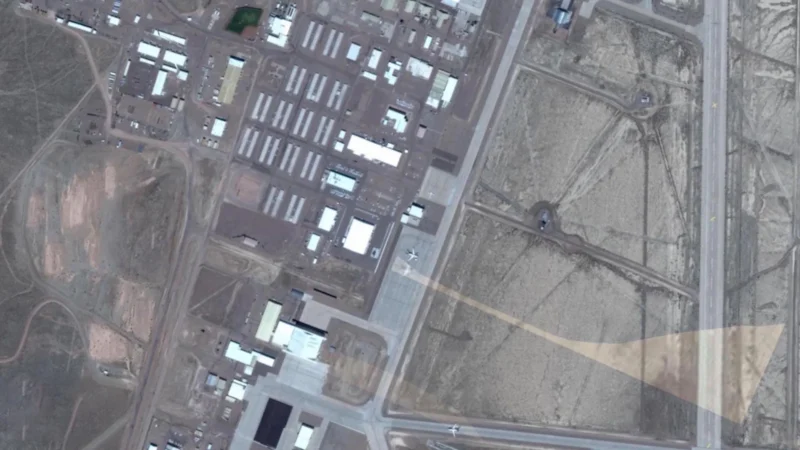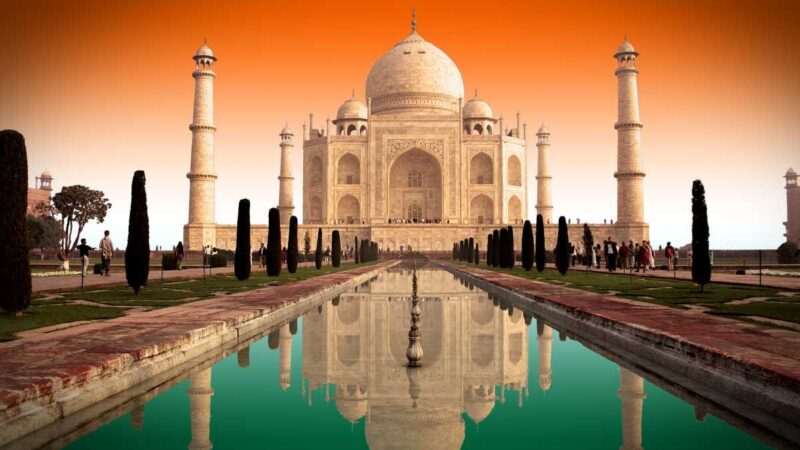Hidden Natural Wonders of the World You Didn’t Know Exist
The Earth is filled with spectacular landscapes, but beyond the famous ones like the Grand Canyon or Mount Everest, there are countless hidden natural wonders that remain largely undiscovered by the average traveler. These breathtaking places are proof that nature’s creativity goes far beyond what we see in postcards.
Let’s explore some of the most incredible yet lesser-known natural marvels around the globe.
1. Son Doong Cave, Vietnam – The World’s Largest Cave
Deep inside Vietnam’s Phong Nha-Ke Bang National Park lies Son Doong Cave, a natural wonder so massive it could fit an entire New York City block inside it.
- Unique Fact: The cave has its own weather system, complete with clouds and a river.
- Why It’s Hidden: Discovered only in 1991 and opened to limited tours in 2013, it’s still difficult to access, preserving its untouched beauty.
2. Pamukkale, Turkey – Cotton Castle of Hot Springs
Pamukkale, meaning “cotton castle” in Turkish, is a surreal landscape of bright white terraces formed by mineral-rich hot springs.
- Unique Fact: The terraces are made of travertine, a type of limestone created by flowing thermal waters.
- Travel Tip: Visit during sunrise or sunset for stunning pink and orange reflections.
3. Lençóis Maranhenses, Brazil – Desert with Seasonal Lagoons
Imagine walking across vast white sand dunes and suddenly finding crystal-clear blue lagoons—this is Lençóis Maranhenses National Park in Brazil.
- Unique Fact: Rainwater fills the valleys between sand dunes during the wet season, creating hundreds of temporary lagoons.
- Best Time to Visit: Between June and September when the lagoons are at their fullest.
4. Danakil Depression, Ethiopia – Earth’s Hottest Inhabited Place
The Danakil Depression looks more like an alien planet than Earth. With neon-colored salt flats, acidic hot springs, and active volcanoes, it’s a geologist’s dream.
- Unique Fact: Average temperatures can exceed 45°C (113°F), making it one of the hottest inhabited places on the planet.
- Why It’s Hidden: Its extreme environment and remote location deter most travelers.
5. Socotra Island, Yemen – An Otherworldly “Alien” Landscape
Socotra is often called the “Galápagos of the Indian Ocean” because of its extraordinary biodiversity.
- Unique Fact: Home to the iconic Dragon’s Blood Tree, which produces a red sap used for medicine and dye for centuries.
- Fun Insight: One-third of its plant life exists nowhere else on Earth.
6. Lake Natron, Tanzania – The Flamingo Sanctuary
This shallow salt lake in northern Tanzania may look calm, but it is highly alkaline and can reach temperatures of 60°C (140°F).
- Unique Fact: Its bright red surface is caused by microorganisms that thrive in its salty waters.
- Wildlife Highlight: Despite the harsh conditions, Lake Natron is a vital breeding ground for millions of flamingos.
7. Wulingyuan Scenic Area, China – Floating Pillar Mountains
If the floating mountains of the movie Avatar fascinated you, you’ll love Wulingyuan in China’s Hunan Province.
- Unique Fact: Over 3,000 sandstone pillars—some more than 200 meters tall—create a surreal landscape shrouded in mist.
- Travel Tip: Take the Bailong Elevator, the world’s tallest outdoor lift, for panoramic views.
8. Marble Caves, Chile – Nature’s Art Gallery
Located on General Carrera Lake, the Marble Caves are a series of stunning blue-and-white caverns carved over thousands of years by water erosion.
- Unique Fact: The swirling patterns of marble reflect turquoise waters, creating a breathtaking color palette that changes with the seasons.
Why These Wonders Matter
These hidden natural wonders remind us of Earth’s incredible diversity and resilience.
They are more than just travel destinations—they are living examples of how nature adapts, evolves, and creates beauty in the most unexpected places.
Protecting such fragile ecosystems is crucial so that future generations can continue to experience their magic.
FAQs
The Danakil Depression in Ethiopia is among the most challenging due to extreme heat and remote access.
Most are safe when visited with a guided tour and proper preparation, though areas like Socotra may require checking current travel advisories.
It varies—Lençóis Maranhenses is best during Brazil’s rainy season (June–September), while Pamukkale is beautiful year-round.


